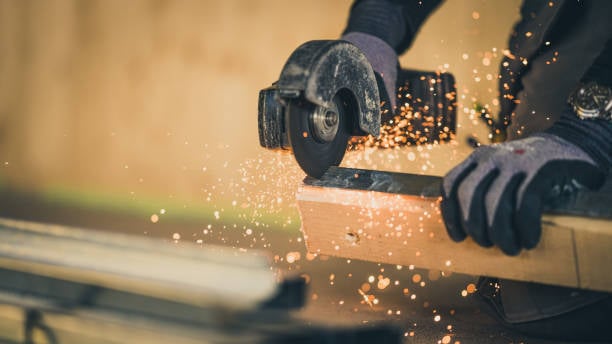Introduction
When it comes to cutting through metal, a reciprocating saw blade is an essential tool to have in your arsenal. Whether you are a professional contractor or a DIY enthusiast, having the right blade can make all the difference in achieving clean, precise cuts. In this article, we will explore the different aspects of a reciprocating saw blade to cut metal and provide you with valuable insights to help you choose the best one for your needs.
1. Understanding Reciprocating Saw Blades
Reciprocating saw blades are specifically designed for cutting through a variety of materials, including metal, wood, and plastic. These blades feature a unique tooth pattern that allows them to quickly and efficiently cut through different materials using a back-and-forth motion. When it comes to cutting metal, however, not all reciprocating saw blades are created equal.
2. Types of Reciprocating Saw Blades for Metal
There are several types of reciprocating saw blades available on the market, each with its own features and benefits. When it comes to cutting metal, the most commonly used blades include bi-metal blades and carbide-tipped blades.
3. Bi-Metal Blades for Metal Cutting
Bi-metal blades are the go-to choice for cutting through metal. These blades are made from two different types of materials, usually high-speed steel and high-carbon steel, fused together. The high-speed steel teeth provide durability and heat resistance, while the high-carbon steel body adds flexibility. This combination allows bi-metal blades to withstand the demands of metal cutting without easily breaking or dulling.
4. Carbide-Tipped Blades for Extra Toughness
If you frequently work with extremely tough metals, such as stainless steel or cast iron, a carbide-tipped reciprocating saw blade is your best bet. These blades feature carbide teeth that are bonded to the blade body, providing exceptional durability and longevity. Carbide-tipped blades are known for their ability to cut through the toughest metals with ease, making them a popular choice among professionals.
5. Choosing the Right Blade TPI
The teeth per inch (TPI) of a reciprocating saw blade play a crucial role in determining its cutting efficiency. For cutting metal, blades with a lower TPI are generally preferred. A lower TPI means larger gaps between the teeth, allowing for faster, rougher cuts. However, it's important to note that using a blade with too low of a TPI can result in a rough finish, so finding the right balance is key.
6. Blade Length Matters
The length of the reciprocating saw blade you choose also affects its cutting capabilities. For most metal cutting tasks, a 6-inch or 9-inch blade is sufficient. However, if you need to cut through thicker materials, opting for a longer blade will give you the added reach necessary to get the job done.
7. Speed and Control
When cutting metal with a reciprocating saw, it's important to maintain a steady speed and exercise control over the tool. Metal cutting can generate a lot of heat and vibration, so applying too much pressure or moving too quickly can lead to blade damage or an uneven cut. Take your time, let the blade do the work, and ensure you have a firm grip on the tool for optimal results.
8. Safety Precautions
Working with a reciprocating saw blade to cut metal requires some safety precautions. Always wear protective eyewear and gloves to shield yourself from flying debris. Additionally, make sure to secure the metal piece you are cutting to prevent it from moving during the cutting process. This will help maintain control and reduce the risk of accidents.
9. Maintaining Your Reciprocating Saw Blade
To ensure the longevity and performance of your reciprocating saw blade, proper maintenance is essential. After each use, clean the blade thoroughly to remove any metal shavings or residue. Additionally, periodically inspect the blade for signs of wear, such as dull or missing teeth. If the blade shows signs of damage, replace it immediately to avoid compromising the quality of your cuts.
10. Conclusion
Choosing the right reciprocating saw blade to cut metal can significantly impact the outcome of your projects. By understanding the different types of blades available, considering factors like TPI and length, and following safety precautions, you can ensure precise and efficient metal cutting. Remember, investing in a high-quality reciprocating saw blade will ultimately save you time, money, and frustration in the long run.


